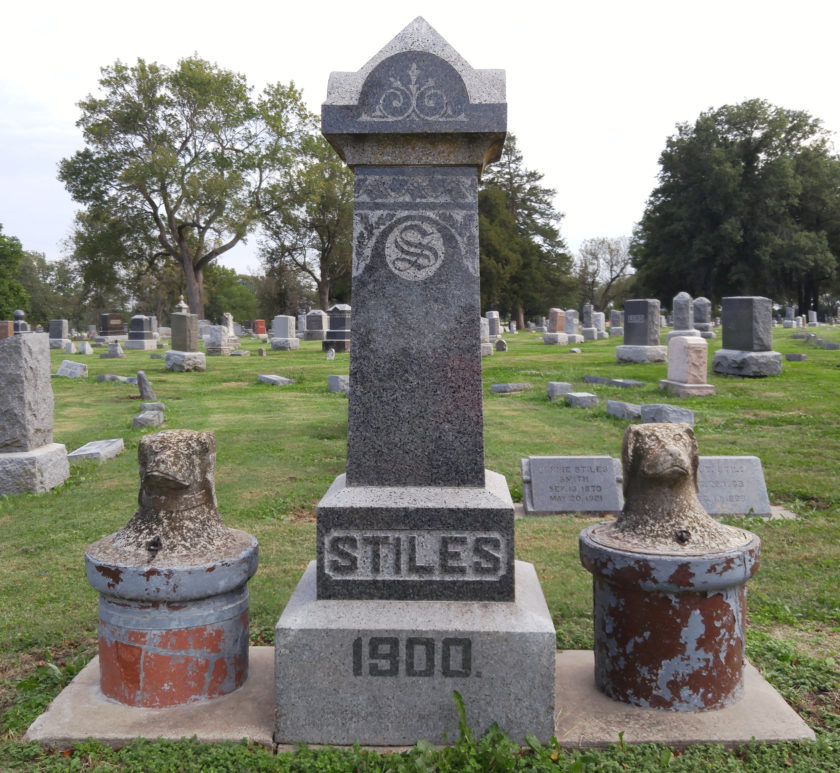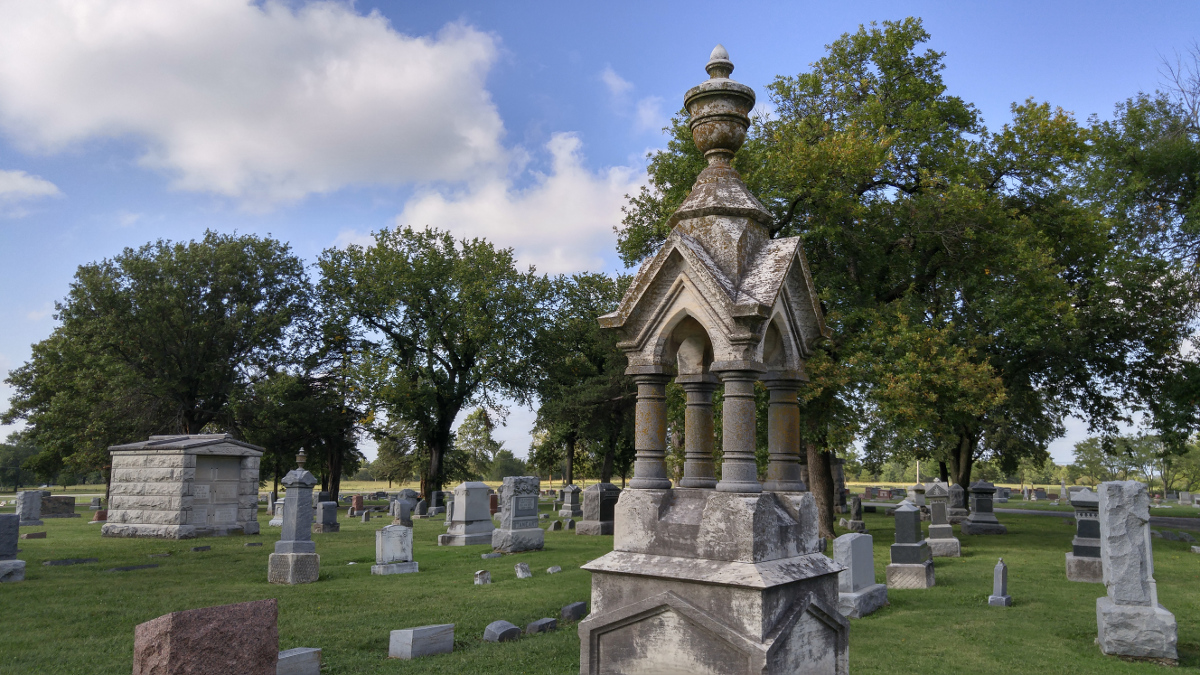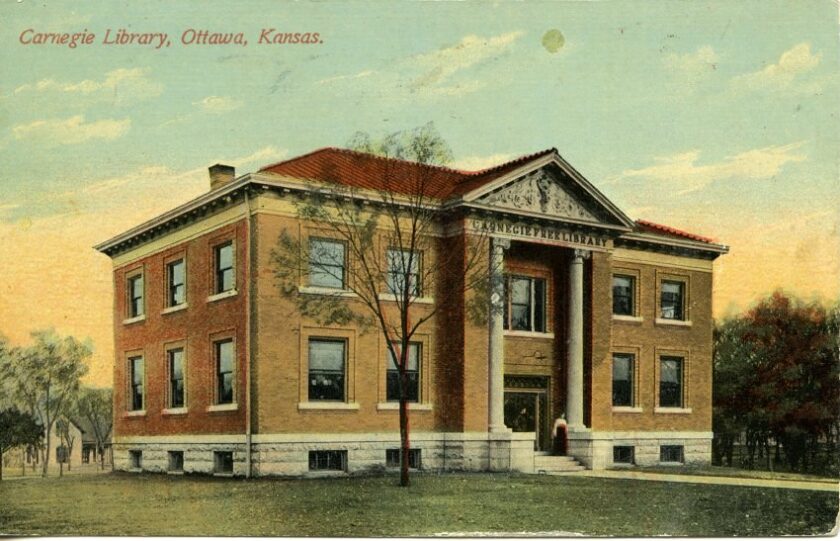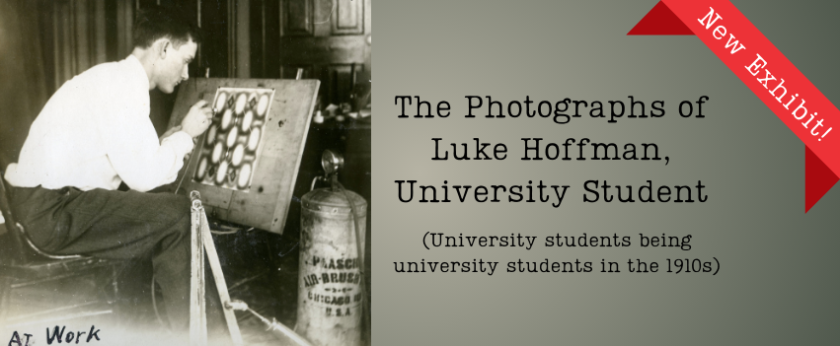
Cemeteries are a snapshot of a community’s history, and on Sunday, October 15 from 3 p.m. to 5 p.m., the Franklin County Historical Society will host a special event at Highland Cemetery in Ottawa, Kansas. This year’s tour is designed to help participants discover the stories of Franklin County through the history of its people and funerary art.
Established in 1886, Highland Cemetery is Ottawa’s second cemetery. The first, Hope Cemetery, was established in 1865, but Ottawans quickly discovered that Hope Cemetery was prone to flooding. They chose a new location on higher ground (hence the name, “Highland”), and employed pioneering landscape architect and city planner George Kessler to design a garden cemetery.
“Early Kansas cemeteries tended to be small, gridded plots of land with no function beyond serving as a burial ground,” said Old Depot Museum Manager Diana Staresinic-Deane. “Garden cemeteries, which are also called rural cemeteries, are landscaped to feel more like parks. Curving roads and trees and plants create a big garden that offers beauty and sanctuary as well as serving as the final resting place for thousands of people. “
Highland cemetery’s architect, George Kessler, designed Merriam Park for the Kansas City, Fort Scott, and Gulf Railway. Soon after, he moved to Kansas City, Missouri, where he worked on projects for the Hyde Park neighborhood, The Paseo, and the Thomas H. Swope Memorial in Swope Park. He would latter design Overton Park in Memphis, Tennessee, and Fair Park in Dallas, Texas.
The October 15 tour will highlight graves that are artistically interesting, such as the Stiles family monument, which is flanked by two large dog’s heads that were once stationed in front of the Stiles home at 801 South Cedar in Ottawa. The tour will also include stops at the final resting places of both famous and lesser known citizens who contributed to the history of Franklin County, such as photographer William “Dad” Martin, architect George Washburn, and early black Ottawa High School graduate Linnetta McBrier, whose six daughters all became school teachers.
In addition, there will be a few stops at the graves of those whose lives came to an infamous end. Oscar Bodley, a special agent with the railroad, was killed in 1906 by a man he caught robbing freight. In 1932, Ottawa school superintendent Andrew Senter was shot and killed by a disaffected would-be violin teacher.
The tour is self-guided with staff and volunteers stationed around the cemetery to answer questions and help locate graves. Participants are encouraged to dress for the weather and wear shoes that will be comfortable while walking on uneven ground. The event is free, though donations are always appreciated. Highland Cemetery is located at 1050 East 15th Street in Ottawa, Kansas. Visitors entering the cemetery gates will be directed where to park.




